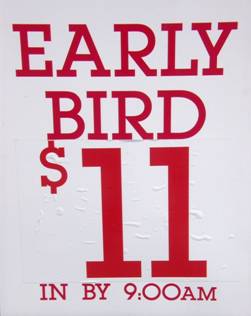Marginal cost pricing
One variation of cost-based pricing is to price a product according to its marginal cost.

Marginal cost
Marginal cost is the addition to the total cost from producing one more unit of output.
 Marginal cost focuses on variable or marginal cost (rather than indirect/fixed costs), such as wages and raw material costs. It ignores any indirect/fixed costs in relation to the product, such as rent or interest payments.
Marginal cost focuses on variable or marginal cost (rather than indirect/fixed costs), such as wages and raw material costs. It ignores any indirect/fixed costs in relation to the product, such as rent or interest payments.
If the price is set higher than the marginal costs the surplus can be used to pay off the fixed costs. Once the fixed costs are paid, this surplus will become profit, so any price higher than the marginal cost will be profitable for the firm.
Marginal cost pricing is likely to be most appropriate where demand fluctuates considerably - perhaps, for example, where demand is seasonal or varies according to time of day. Marginal cost pricing is frequently used by utilities and public services.
Advantages and disadvantages of marginal cost pricing
Advantages
- It is a relatively simple pricing method - quick to calculate and easy to implement
- Can help to smooth fluctuations in demand.
- It can be very useful where the firm has spare capacity and may not be able to put its resources to other, perhaps more profitable, uses.
- Can be a useful way to attract other different market segments into the market e.g. low peak train travellers may be attracted by lower prices and only travel during the day because of low prices - they may not otherwise have travelled.
- Can be a good way to remain in business and price-competitive in a time of difficult trading. Prices can then be raised later when the economic situation improves.
Disadvantages
- Not sustainable as a long-term pricing strategy as the firm will need to recover the full costs of production.
- Can result in lower price expectations and make it more difficult to raise prices again at a later stage.
- If markets are not fully separated then there can be leakage between the markets with different prices. Customers who might have paid a higher price may take advantage of the lower marginal cost price.
